
Immuno-oncology regimens were linked with improved long-term survival among patients with hepatocellular carcinoma.

Immuno-oncology regimens were linked with improved long-term survival among patients with hepatocellular carcinoma.

Quizartinib plus standard intensive induction and consolidation therapy was associated with longer survival rates in patients with FLT3-ITD–positive acute myeloid leukemia.

Shawna Douglas, a head and neck nurse navigator, weighs in on the unique needs of this patient population.

For patients with ER-positive breast cancer who remain premenopausal—or regain ovarian function—following chemotherapy, 2 years of ovarian suppression may be beneficial.
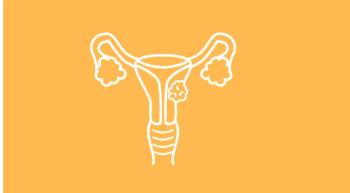
Kjersten Dosumu, DNP, MS, AGPCNP-BC, explains why investigators are optimistic about treating uterine leiomyosarcoma with olaparib and temozolomide.
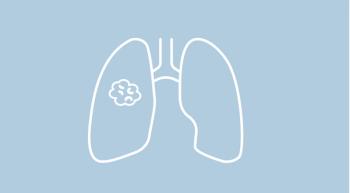
The confirmed objective response rate with repotrectinib was 79% among tyrosine kinase inhibitor (TKI)-naïve patients and 38% among TKI-pretreated patients.
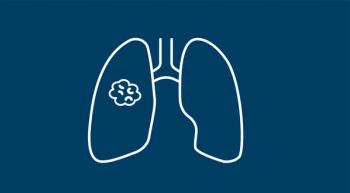
The median progression-free survival was 25.5 months with osimertinib plus chemotherapy and 16.7 months with osimertinib alone.
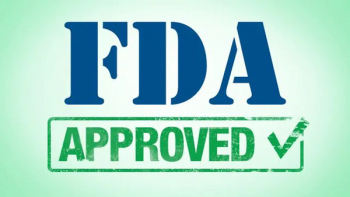
The FDA has approved momelotinib (Ojjaara) for the treatment of adult patients with intermediate or high-risk myelofibrosis, including primary myelofibrosis or secondary myelofibrosis, and anemia.

Ryan Tamargo, NP, AONCP, highlights how a new diagnostic tool can help improve accurate inflammatory breast cancer diagnoses.
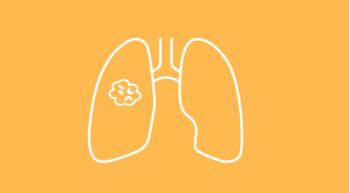
The objective response rate with sacituzumab govitecan plus pembrolizumab was 56%.

Patrimumab deruxtecan garnered a 29.8% overall response rate in pretreated patients with EGFR-mutated non–small cell lung cancer.

Lynda Balneaves, RN, PhD, provides insights into the new SIO/ASCO guidelines that support mindfulness-based interventions for patients with cancer.

TTFields therapy, when given in addition to standard systemic therapy, improved overall survival in patients with metastatic non–small cell lung cancer.
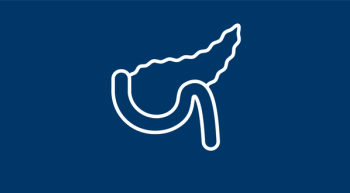
Lorazepam was associated with worse survival outcomes for patients with pancreatic cancer, while alprazolam was associated with improved outcomes.

Adagrasib elicited a 1-year overall survival rate of 52.8% and 2-year rate of 31.3%.

The median progression-free survival with iruplinalkib was 27.70 months vs 14.62 months with crizotinib.

The FDA has approved motixafortide in combination with filgrastim to mobilize hematopoietic stem cells in multiple myeloma transplantation, based on findings from the phase 3 GENESIS trial.

Although survival is improving overall, disparities continue to grow.

A total of 58.5% of patients who received luspatercept remained red blood cell (RBC) transfusion independent for 12 weeks or more.

Elizabeth Aronson, MSN, FNP-BCN, OCN, discusses how the recent approvals of elranatamab and talquetamab are changing the treatment landscape for patients with multiple myeloma.

The rate of minimal residual disease-negative complete remission was 34.4% with ponatinib vs 16.7% with imatinib.

Stronger interventions are needed to improve adjuvant treatment rates among breast cancer survivors.

The 2-year event-free survival rate among patients with muscle-invasive urothelial carcinoma was 75.7%.

Younger populations and African American patients are most impacted.

White patients have the oldest average at diagnosis at 64.5 years, whereas Hispanic or Latino patients have the youngest average age at 57.2 years.

In 2021, immune checkpoint inhibitors were used by 12.1% of patients with cancer—however, these agents represent 36.2% of all oncology medication costs.

Patients with heavily pretreated relapsed/refractory multiple myeloma, including those with lenalidomide and pomalidomide-refractory disease, showed encouraging responses with mezigdomide plus dexamethasone.

Patients with high-risk classical Hodgkin lymphoma who experience a slow early response to frontline chemotherapy may benefit from the addition of pembrolizumab to COPDAC-28 consolidation.

The median progression-free survival among patients in the intention-to-treat population who received niraparib was 24.8 months compared with 8.3 months among patients who received placebo.

What happens when there is a shortage of chemotherapy drugs? How will this affect patients?